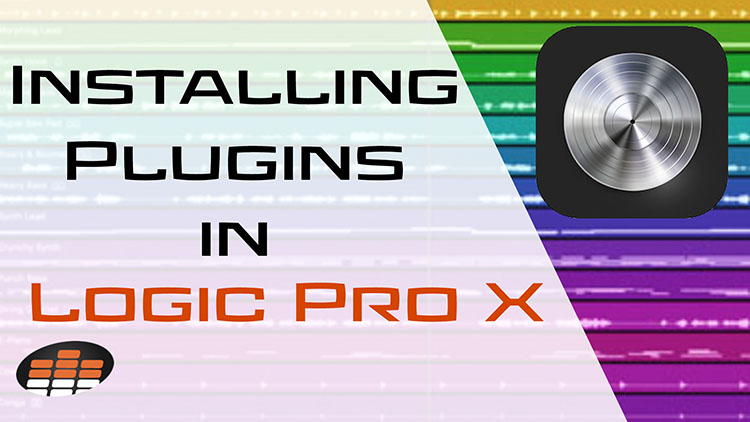Mark Goslett is a London-based music producer and member of the Music Producers Guild. His unrelenting pursuit of excellence in the studio, and decades of work as a musician has brought him to the forefront of the music industry, where his credits include: TV commercials, emerging artists, and a profusion of live sound engineering engagements.
He’s an expert in Apple’s Logic Pro X software, and in this lesson he teaches you how to install plugins for the first time.
You guessed it: the first thing you’ll need are third-party plugins to install! If you don’t already own some, you can visit Bedroom Producers’ Blog, where you’ll find dozens of free VSTs conveniently organized by category. Of course, Logic is a Mac OS-based DAW, so you’ll need to make sure your Logic plugins are Mac compatible. Luckily these days, nearly every plugin developed is cross-platform.
Once you’ve downloaded your plugins, the next step is to manually install them in the system. When you’ve unzipped the download, you should find your plugin in several different formats, like VST, VST3, and Component. Only Audio Units (.component) plugins are compatible with Logic Pro X.
So, you’ll need to use the Audio Unit (.component) version of the downloaded plugin for installation.
You’ll need to copy the Component plugin file into the plugins folder on your computer. The file path is as follows: Macintosh HD > Library > Audio > Plugins > Components.
Simply drag the file into the components folder, and you will have installed the plugin in your system!
If you have found the information provided to be useful, you might want to take a look at our Music Production in Logic Pro X with Rob Mayzes.





